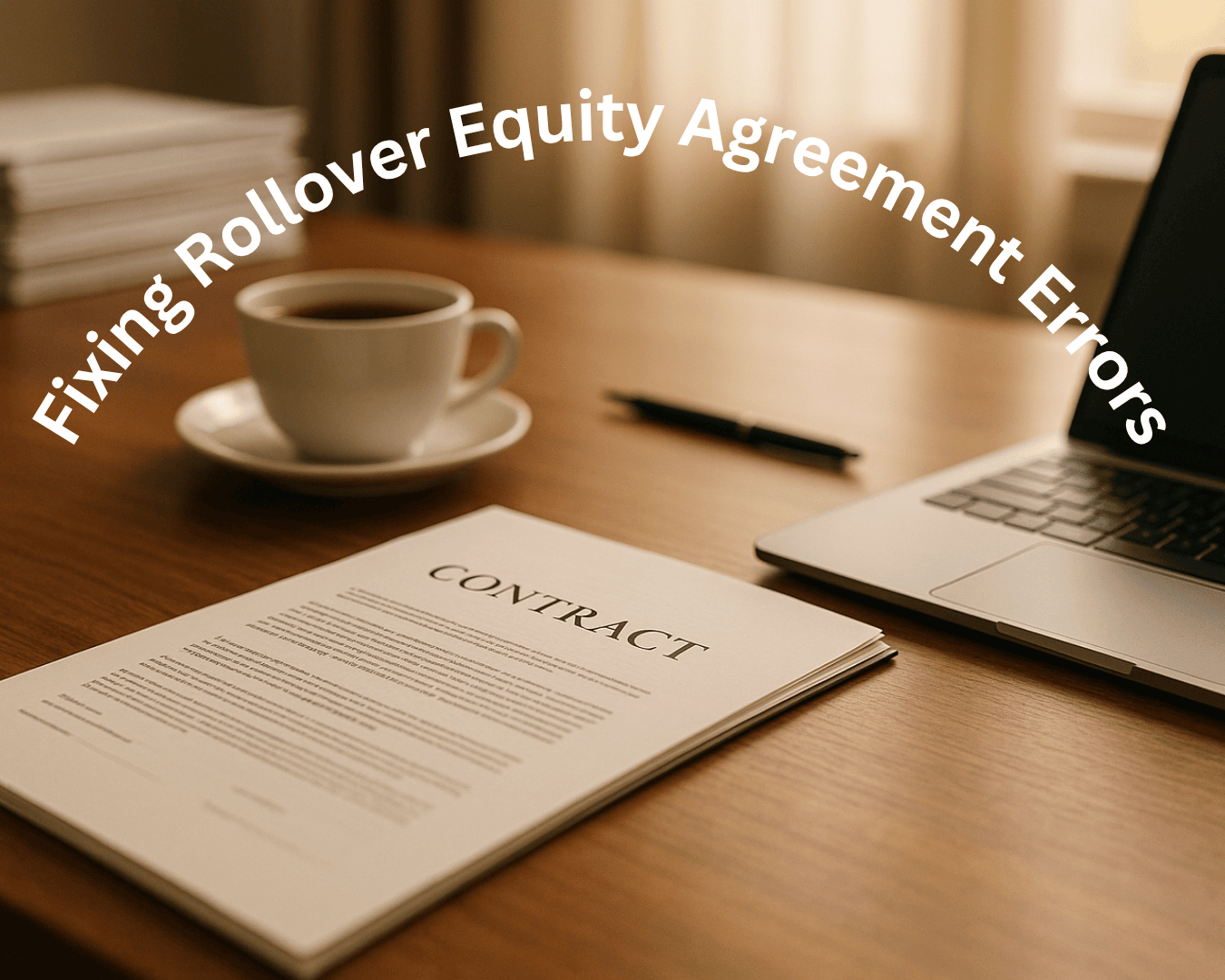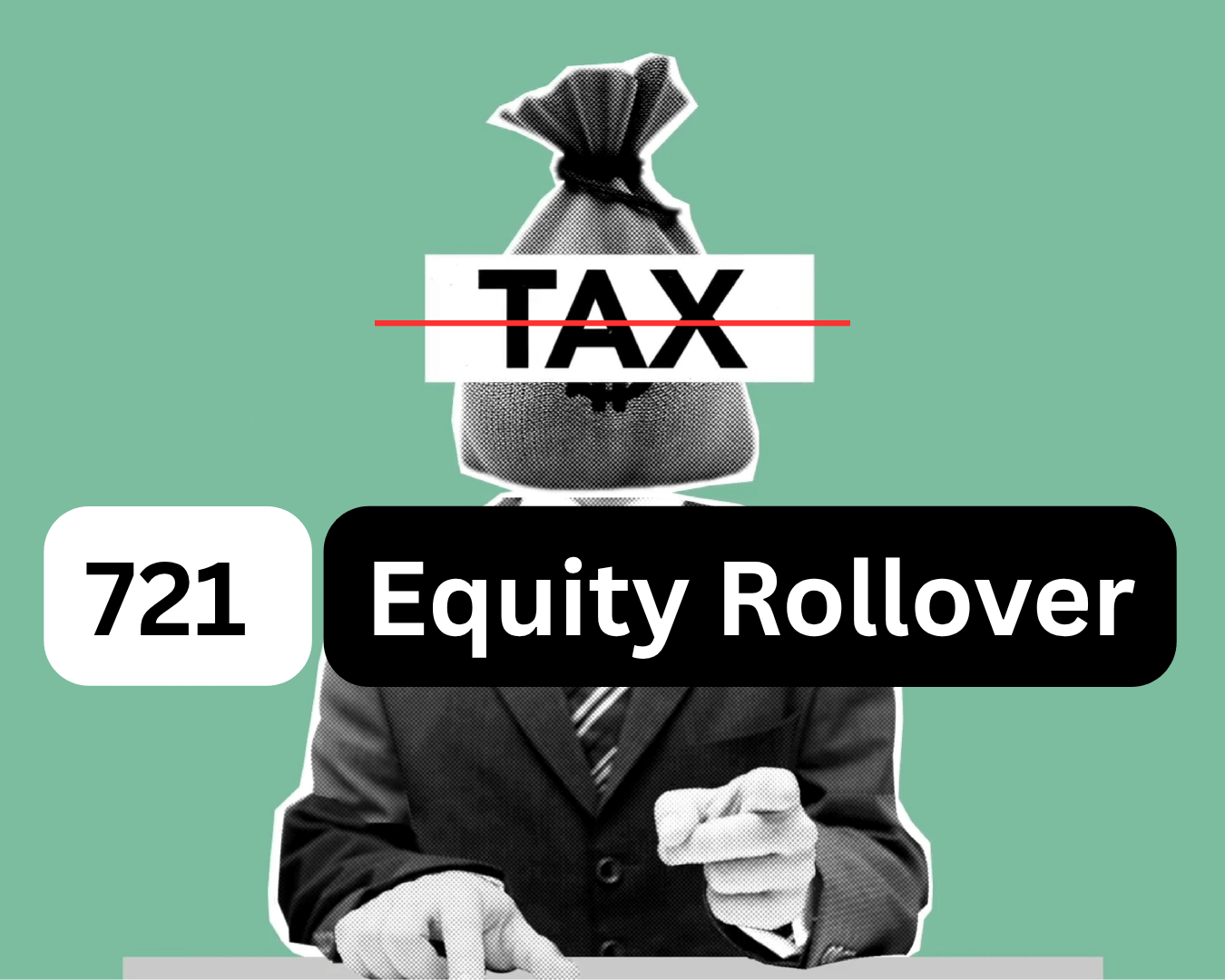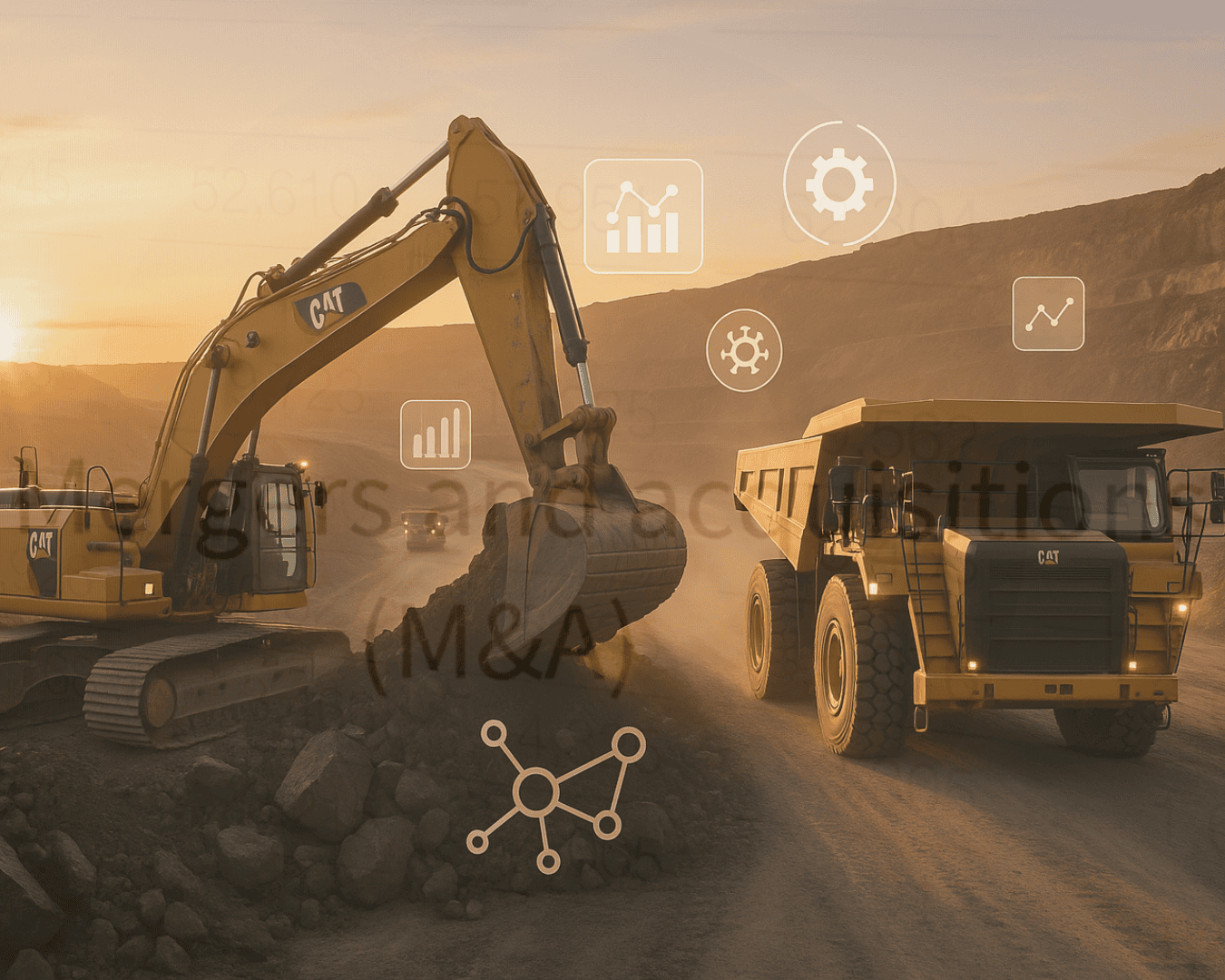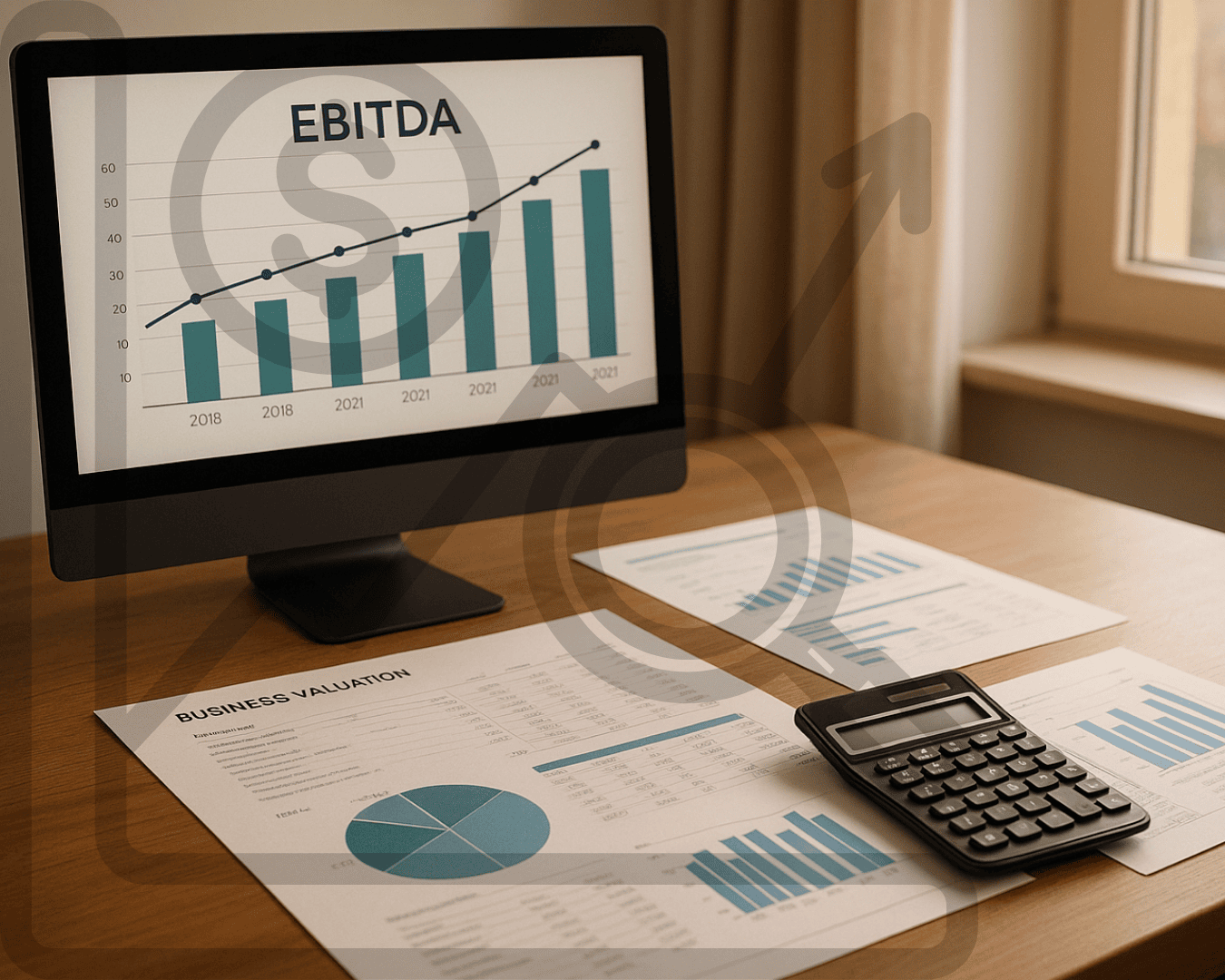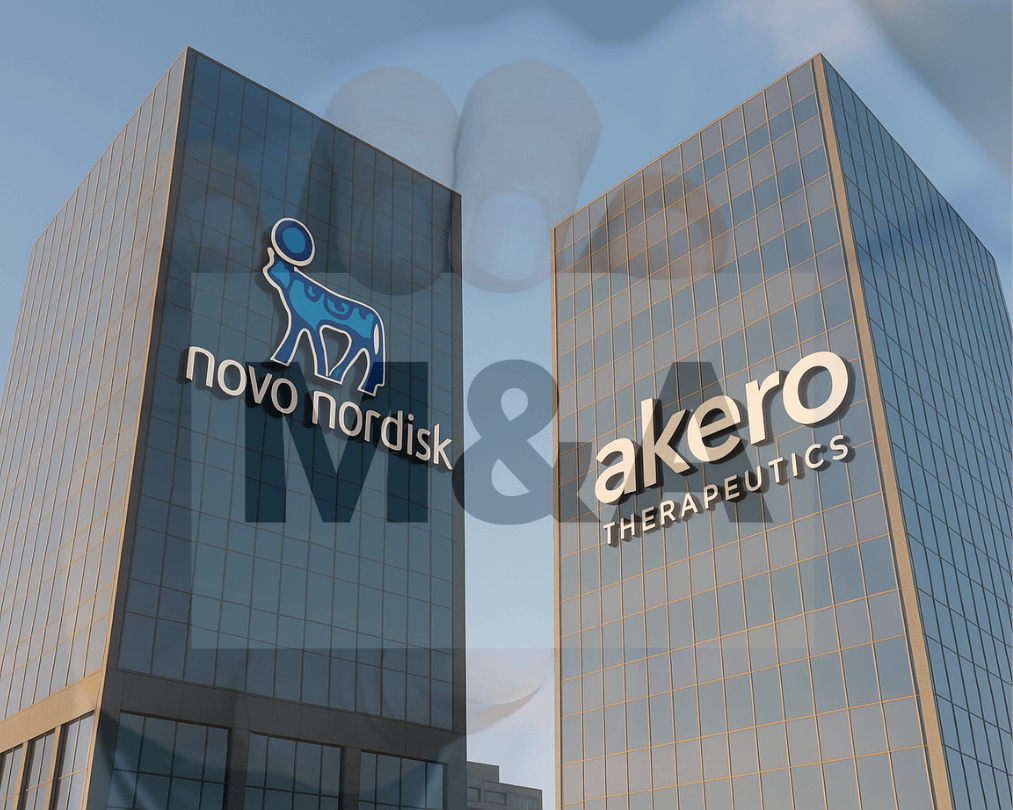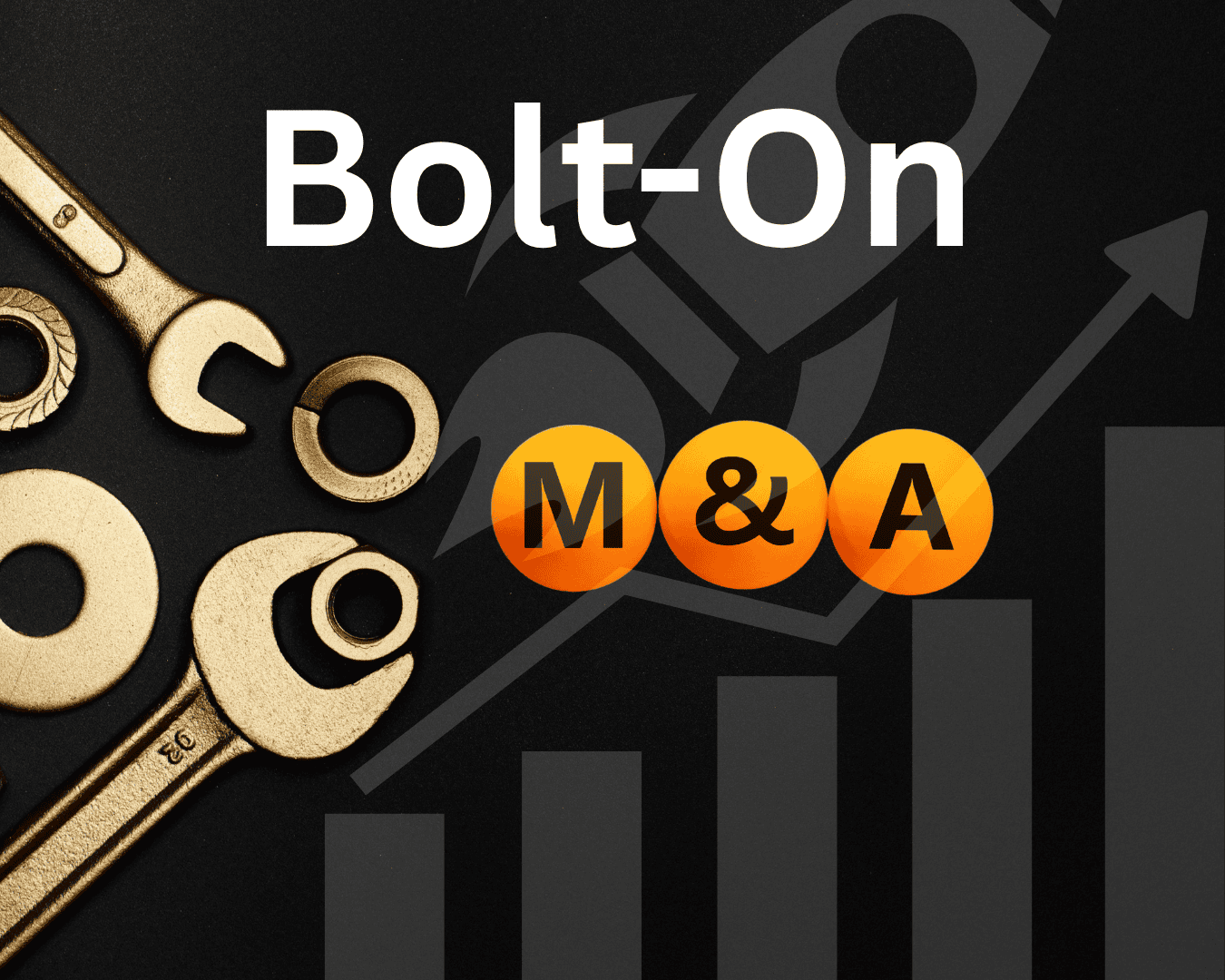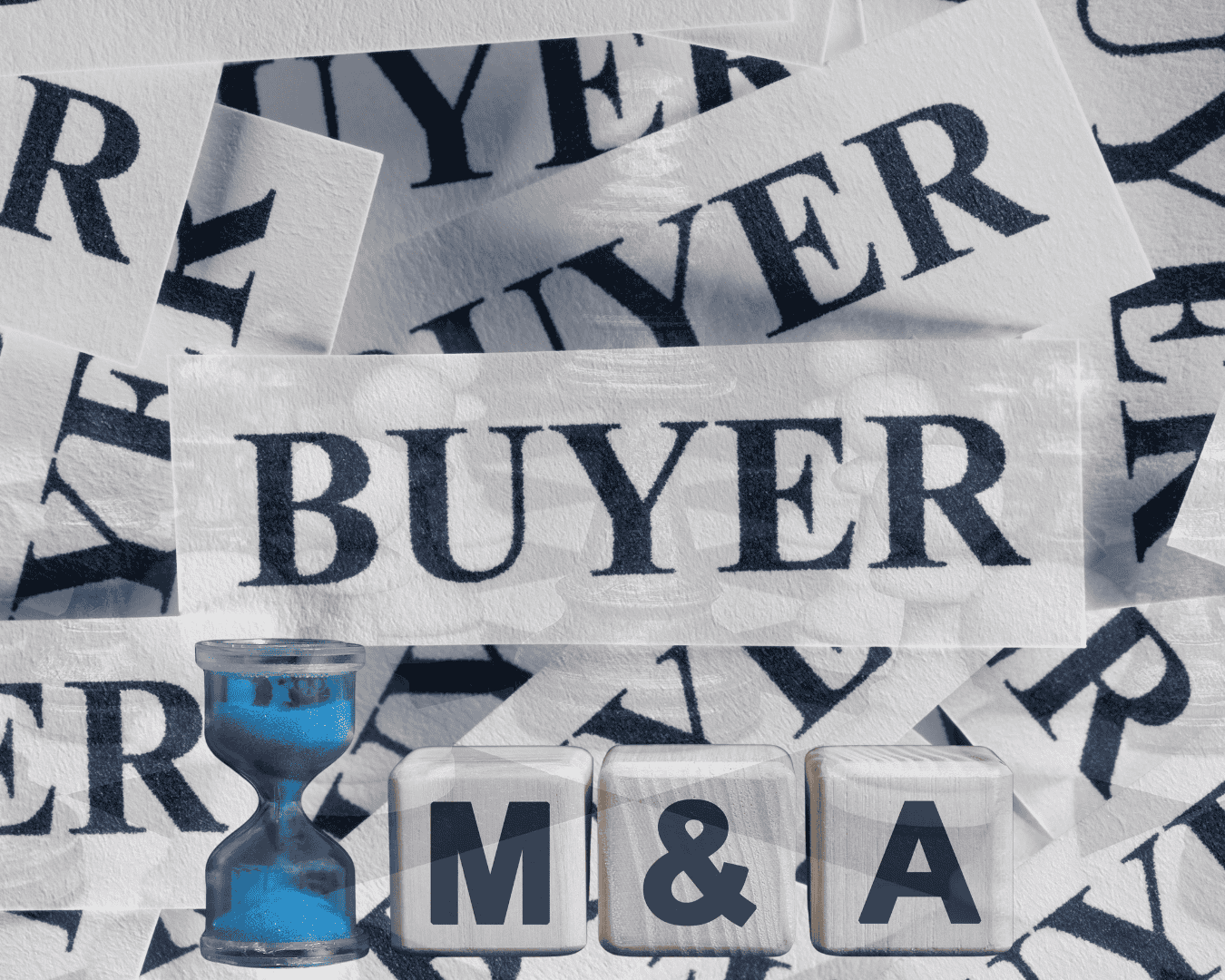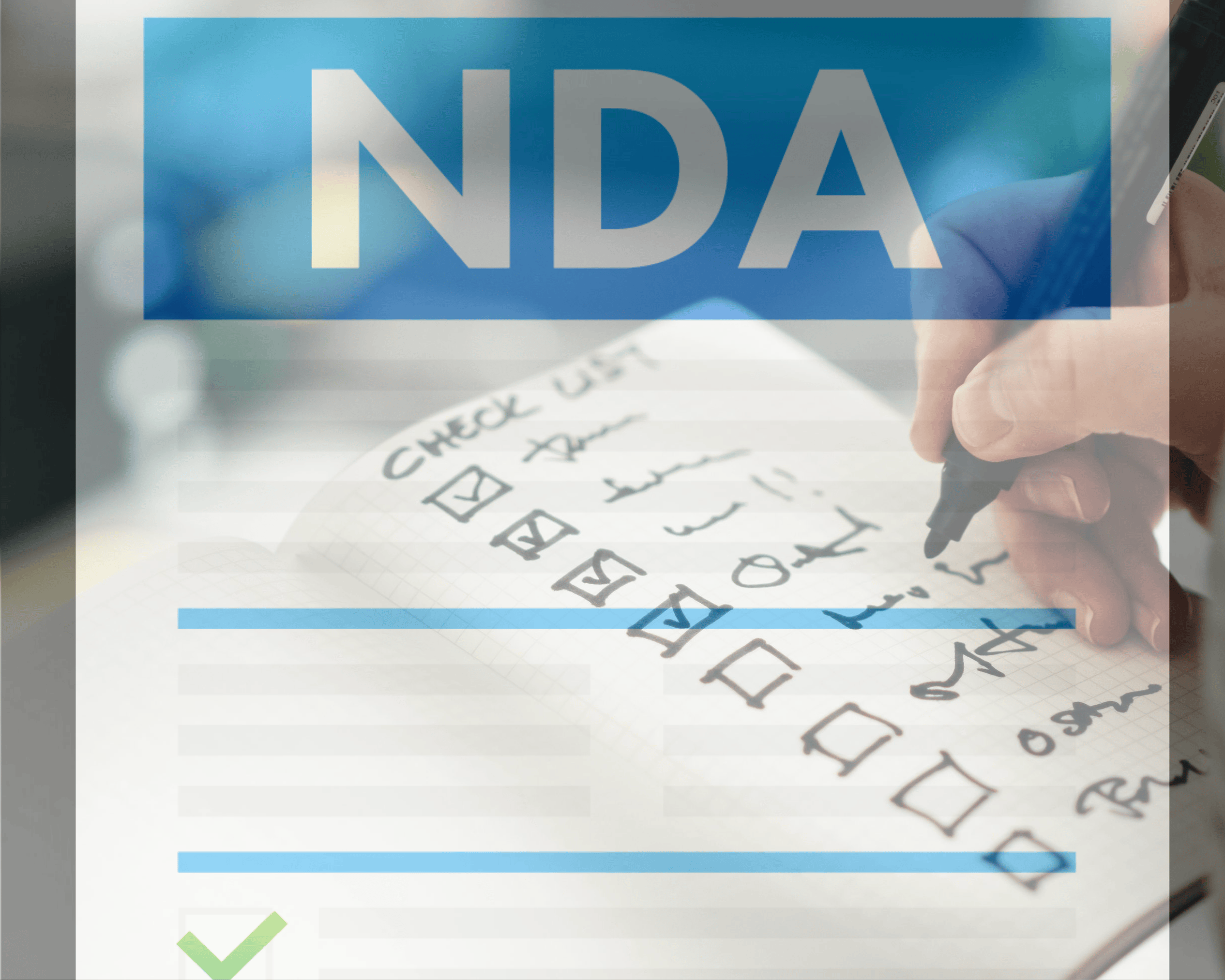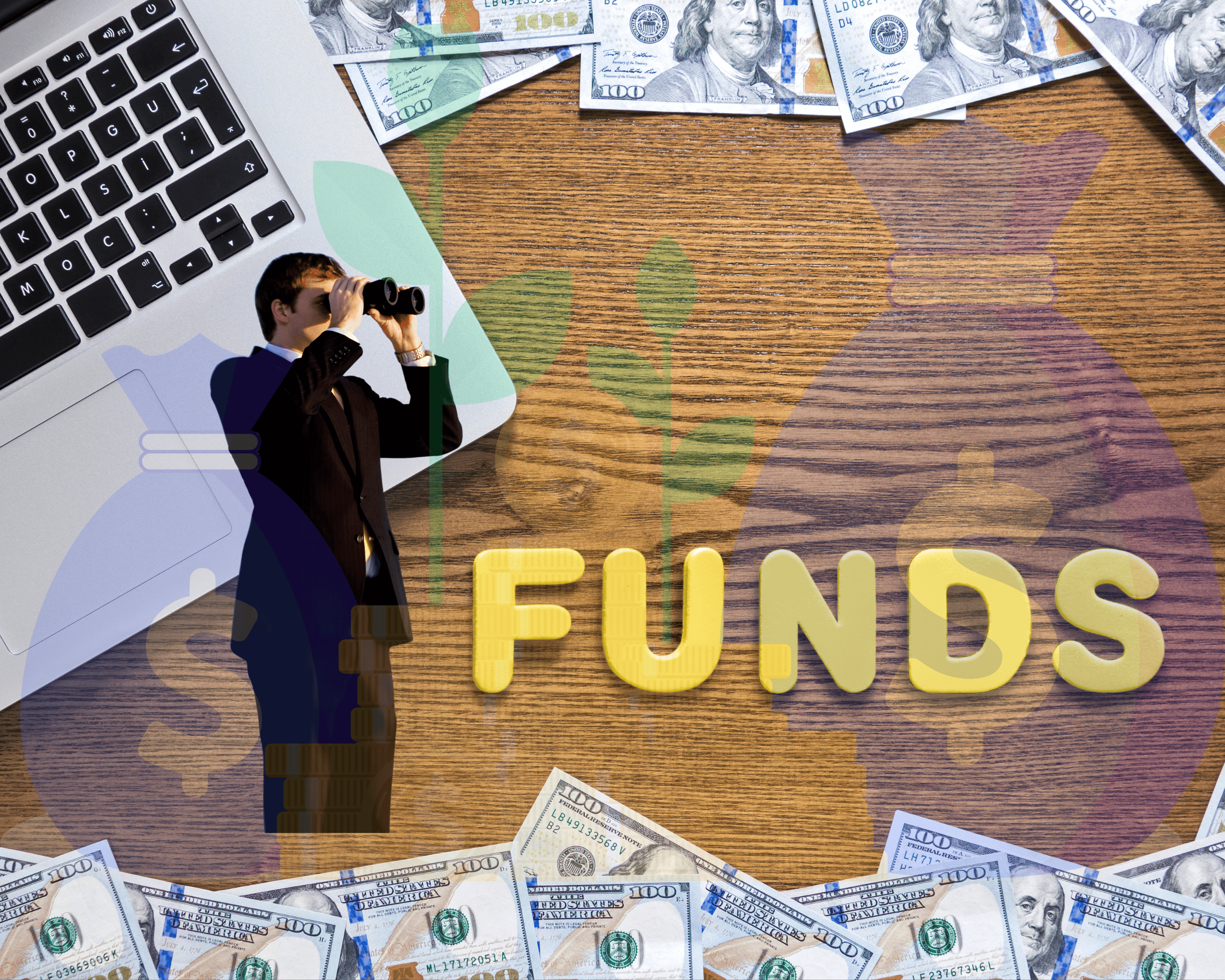Q3 2025 broke records for M&A activity, fueled by a surge in mega-deals over $5 billion.
Key drivers included low interest rates, strong corporate confidence, and active private equity participation. Tech, healthcare, and energy led the charge, with deals focused on AI, renewable energy, and healthcare advancements. Buyers moved fast, leveraging new financing models like earnouts and hybrid structures, while cross-border activity gained momentum thanks to stable currencies.
Smaller businesses also benefited as large firms shed non-core assets, opening up new acquisition opportunities. AI tools and flexible financing are leveling the playing field for smaller players, making 2025 a transformative year for both large and mid-market M&A.
AI, Mega-Deals & the New M&A Landscape | Sullivan & Cromwell Partner Frank Aquila
What Drove the Mega-Deal Surge
The spike in mega-deals during Q3 2025 wasn’t a coincidence - it was the result of a mix of favorable economic trends, shifting industry dynamics, and aggressive moves by buyers. Together, these factors created the perfect storm for record-breaking activity in the mega-deal space.
Economic Conditions
Low interest rates and abundant liquidity made it easier for companies to fund massive transactions. Add to that a strong labor market and solid economic fundamentals, and corporate confidence was soaring. For cross-border deals, stable currencies helped reduce foreign exchange risks, making international transactions more appealing.
Industry Drivers
While economic conditions played a big role, industry-specific shifts also pushed companies toward consolidation. In tech, the ongoing AI boom and digital transformation fueled a race for data and cloud capabilities. Energy companies pursued deals to align with the growing focus on renewable energy. Healthcare saw an uptick in consolidation, driven by aging populations and advancements in treatment technologies. At the same time, manufacturing firms leaned into vertical integration strategies to strengthen their supply chains, a response to the global disruptions of recent years.
Private Equity and Buyer Activity
On top of these drivers, aggressive buyer strategies added fuel to the fire. Private equity firms, including heavyweights like Blackstone, KKR, and Apollo, were flush with capital and actively competing with corporate buyers. Meanwhile, corporations sped up acquisition timelines and fine-tuned their strategies to keep up with rising competition from international players. The combination of ample funding, strategic agility, and a supportive market environment set the stage for this historic surge in mega-deals.
Major Q3 2025 Deals Over $5 Billion
The third quarter of 2025 saw some of the largest mergers and acquisitions in recent memory, with major transactions highlighting strategic shifts across industries. These mega-deals reflected a mix of calculated moves and favorable market conditions.
Biggest Transactions and Strategic Goals
Q3 2025 was marked by headline-grabbing deals across multiple sectors, each showcasing a clear strategic focus. In technology, companies leaned into consolidation to strengthen their positions in artificial intelligence and cloud infrastructure. Healthcare firms prioritized expanding their treatment portfolios and increasing their geographic footprint, aiming to bolster pipelines and meet shifting market demands. Meanwhile, in the energy sector, deals focused on integrating renewable energy assets and upgrading grid infrastructure, aligning with the broader transition to sustainable energy sources.
Cross-border activity also surged, with European and Asian companies increasingly targeting U.S. assets. Stabilized currency markets helped reduce foreign exchange risks, making international deals more attractive and feasible.
Deal Activity by Sector
The technology sector dominated the mega-deal landscape, with transactions aimed at driving innovation and securing competitive advantages. Healthcare followed closely, as companies worked to scale operations and adapt to evolving regulatory environments. Energy and utilities also played a significant role, with deals centered on renewable energy projects and vertical integration to secure supply chains.
Other industries, including manufacturing, financial services, and consumer goods, contributed to the overall deal volume. These sectors focused on initiatives like supply chain optimization, automation, and digital transformation, reflecting broader market trends.
Key Takeaways from Q3 2025 Mega-Deals
The quarter’s mega-deals revealed several notable patterns, offering lessons for businesses navigating today’s competitive M&A landscape. Speed emerged as a crucial factor, with buyers accelerating timelines from initial contact to closing, often completing due diligence faster than traditional processes allowed. High valuation premiums underscored the scarcity of high-quality targets and the fierce competition among buyers.
Deal structures adapted to regulatory and financial challenges. Earnout provisions became more common, allowing buyers to mitigate risks while giving sellers the potential for additional rewards. Early and proactive regulatory engagement also proved effective in streamlining approval processes.
The most successful deals shared common traits: a clear strategic purpose, strong alignment between the merging organizations, and early integration planning during the due diligence phase. Companies that prioritized integration experienced smoother transitions and were able to realize value more quickly, setting a strong foundation for future growth.
sbb-itb-a3ef7c1
M&A Market Trends in 2025
Building on the record-setting mega-deals of Q3, the M&A landscape in 2025 has seen significant shifts in deal structures and cross-border activity. This year, companies have moved beyond traditional approaches, adapting to market volatility with more flexible and creative strategies.
New Deal Structures
The rise of alternative financing has reshaped how deals are funded. Private credit now makes up nearly 20% of total deal financing, complementing traditional bank loans as companies seek diverse capital sources. In fact, global leveraged finance issuance soared to $1.3 trillion in 2025, marking a 45% increase compared to the previous year.
Hybrid structures, such as structured equity and convertible debt, have become popular, allowing buyers and sellers to share risks while maintaining potential upside. Collaborative arrangements like joint ventures, strategic alliances, and minority stake investments are also gaining traction. These approaches offer strategic advantages without overburdening balance sheets, making them an attractive alternative to full acquisitions. Private equity firms, for example, are utilizing continuation funds to manage portfolio company backlogs - giving some investors an opportunity to exit while letting others stay involved.
In today’s volatile markets, optionality mechanisms are a must. Tools like seller financing, material adverse change (MAC) clauses, and purchase price adjustments are now standard features in many transactions to help mitigate risks.
Carve-outs and spin-offs have also become more common as companies focus on operational efficiency and unlocking shareholder value. By shedding underperforming divisions, businesses are streamlining their structures and positioning themselves for future growth cycles.
These evolving deal frameworks are paving the way for increased cross-border activity and regulatory changes.
International Deals and Regulations
Cross-border M&A has made a strong comeback in 2025. The value of global megadeals exceeding $10 billion surged 44% in the first half of the year, reaching $535 billion compared to $372 billion in the same period last year.
Take-private transactions have also gained momentum, particularly through leveraged buyouts led by private equity firms and sovereign wealth funds. This trend reflects a growing preference for private ownership among companies with valuable intellectual property or those seeking relief from the scrutiny of public markets.
As global transactions expand, technology continues to revolutionize how deals are sourced and executed.
AI and Technology in M&A
Technology has become a game-changer for M&A processes in 2025, particularly with the integration of AI tools. These advancements have significantly streamlined how deals are identified, evaluated, and closed, building on the expedited deal-making seen in Q3.
AI-driven platforms are now automating key tasks like deal sourcing, valuation, and due diligence. By analyzing massive datasets, these tools uncover opportunities that might otherwise be missed. They combine financial metrics, industry benchmarks, and market trends to deliver precise, data-backed insights. For instance, platforms like Clearly Acquired provide instant valuations, helping buyers and sellers make faster, more informed decisions about pricing and deal structures.
Centralized transaction management systems are another major innovation. These platforms coordinate communication among all parties - buyers, sellers, brokers, and lenders - while offering real-time updates on deal progress. They also automate routine tasks, ensuring everyone involved has access to the latest information throughout the transaction process.
Impact on Small and Mid-Market Businesses
The rise of mega-deals is reshaping the market, and while these transactions primarily target large corporations, their ripple effects are opening doors for smaller businesses and their buyers. Deals exceeding $5 billion are not only redefining the M&A landscape but are also influencing financing strategies and valuation benchmarks for smaller players.
Market Changes and New Opportunities
These large-scale trends are creating fresh opportunities for small and mid-market businesses. As major corporations focus on billion-dollar acquisitions, they often shed non-core assets. These divestitures provide smaller businesses with access to well-established operations, solid customer bases, and reliable revenue streams.
Private equity firms involved in these mega-deals also play a role in creating opportunities. By restructuring portfolios, they often spin off smaller divisions or encourage portfolio companies to offload underperforming segments. This generates a steady flow of acquisition prospects for smaller, agile buyers who can offer more personalized transitions.
Additionally, heightened competition at the top end of the market is pushing institutional buyers to explore lower mid-market opportunities. This shift allows smaller groups to negotiate more favorable terms. Many retiring owner-operators prefer buyers who prioritize preserving company culture and employee relationships over purely financial motives.
Improved market liquidity is prompting more business owners to consider selling, expanding the pool of available businesses. For buyers, this means more options and better negotiating power, particularly in regions experiencing economic growth tied to large transactions. These shifts are also driving new valuation and financing structures tailored for smaller deals.
Valuation and Deal Structure Insights
The deal structures commonly seen in mega-deals are now trickling down to smaller transactions. For instance, seller financing - once a hallmark of large-scale deals - is becoming more common in smaller acquisitions. This approach helps bridge valuation gaps while offering sellers steady income and potential tax benefits.
Earnout provisions, traditionally reserved for big-ticket transactions, are also gaining popularity in smaller deals. These provisions align buyer and seller incentives by tying part of the purchase price to the business's future performance. Hybrid financing models, which combine SBA loans, seller notes, and equity injections, are providing more flexible capital solutions compared to the traditional debt-heavy setups.
Market optimism is also driving up valuation multiples in the small and mid-market space, particularly for technology-enabled businesses. These companies are attracting attention due to their scalability and potential for growth.
Using Platforms for Better Deals
Technological advancements that have transformed mega-deals are now accessible to smaller players through specialized platforms. For example, Clearly Acquired offers instant business valuations, integrating current market trends and industry benchmarks to provide insights that were once exclusive to large institutions.
Automated deal sourcing tools help buyers quickly identify opportunities aligned with market conditions. By leveraging both public listings and off-market data, these tools uncover businesses poised to benefit from economic trends.
Financing coordination has also become more streamlined. Integrated pre-qualification systems connect buyers with preferred lenders, speeding up approvals and ensuring smaller deals close efficiently. Secure data rooms and pipeline management tools - features once reserved for billion-dollar transactions - now offer smaller buyers confidentiality and organization throughout the deal process.
Creative financing support further levels the playing field. Platforms now assist in structuring deals with flexible options like seller notes, earnouts, and mezzanine capital. These tools, combined with investor-matching features, help reduce capital constraints while enabling buyers to maintain control. This democratization of deal-making resources ensures that individual buyers can compete with larger institutional players on more equal footing.
Key Takeaways and Market Outlook
The record-breaking M&A activity in Q3 2025 highlights a shift toward deal structures that emphasize speed and strategic alignment. The surge in mega-deals valued at over $5 billion reflects growing confidence in long-term investments, fueled by abundant private equity funds and technological advancements reshaping industries.
Building on Q3's momentum, the market is now signaling new trends for late 2025 and beyond. Economic stability has created conditions where billion-dollar transactions are closing in months rather than years. Private equity firms, after years of cautious strategies, are now deploying record levels of unused capital. At the same time, clearer regulations have reduced risks during deal execution, while improved market liquidity supports large-scale financing.
The technology sector continues to dominate mega-deals, driving up valuations for tech-enabled businesses across industries. Companies increasingly view AI and automation as critical infrastructure for staying competitive, which is pushing demand for these assets. This trend is also opening up new opportunities in the small and mid-market segments.
Looking ahead to the remainder of 2025 and into 2026, several factors suggest this momentum will persist. Corporate balance sheets are solid, providing the resources needed for strategic acquisitions. The growing demand for digital capabilities ensures companies will continue paying top dollar for technology-focused assets and expertise.
At the same time, shifts in market dynamics are creating advantages for smaller players. With mega-deals capturing the attention of large institutional buyers, the small and mid-market space is seeing less competition and more favorable terms. Many business owners who previously held off on selling are now entering the market, resulting in a strong pipeline of opportunities for individual buyers and smaller investment groups.
The rise of deal-making tools is accelerating these changes. AI-powered platforms are leveling the playing field, giving individual buyers access to analytics once reserved for large institutions. Tools like Clearly Acquired provide features such as automated deal sourcing, AI-driven valuations, and streamlined financing coordination. These advancements are helping smaller players compete effectively and close deals with greater confidence.
Innovative financing structures are also reshaping the market. Techniques pioneered in mega-deals, such as earnouts, seller financing, and hybrid capital models, are becoming increasingly common in smaller transactions. These approaches make deals more accessible and align the interests of buyers and sellers more effectively.
The outlook for 2026 points toward a two-tier market. While mega-deals will continue to dominate headlines, the real growth opportunities lie in the small and mid-market segment. Improved market conditions, better tools, and reduced competition from large institutions are creating an ideal environment for individual buyers to grow through strategic acquisitions.
For buyers and sellers in the Main Street and lower mid-market segments, the current landscape offers a rare opportunity. Market optimism is driving up valuations, while technological advancements are simplifying the acquisition process. While mega-deals continue to set records, the push toward accessible, tech-driven transactions in smaller markets is equally transformative. Those who act decisively now can capitalize on favorable conditions and the evolving deal-making landscape.
FAQs
What were the main economic and industry drivers behind the record-breaking M&A activity in Q3 2025?
The third quarter of 2025 set new records for mergers and acquisitions (M&A), driven by a sharp rise in mega-deals - those valued at over $10 billion. Total transaction values jumped by 35% compared to Q3 2024, signaling a strong comeback in high-value dealmaking.
This growth was powered by several key factors: a robust economic outlook, easy access to financing, and a flurry of activity in industries like technology, healthcare, and energy. Companies in these sectors focused on consolidation to fuel growth, boost innovation, and streamline operations. The surge in M&A highlights growing market confidence and strategic moves aimed at securing long-term advantages.
How are innovative financing models and deal structures shaping M&A trends for large and small businesses?
New ways of financing and structuring deals are shaking up the M&A world, offering businesses of all sizes more options than ever before. Larger companies are turning to strategies like earnouts, equity rollovers, and contingent payments. These approaches bring flexibility to big-ticket deals, especially in industries where valuations can swing wildly.
For small and mid-sized businesses, the shift is just as impactful. Alternative financing methods - such as private equity, venture debt, and even crowdfunding - are providing new paths to fund growth and acquisitions. These options reduce reliance on traditional bank loans, making it easier for smaller players to compete.
What’s driving this? Rising interest rates and market uncertainty are pushing businesses to get creative. These strategies not only help companies adapt to challenges but also encourage stronger partnerships between buyers and sellers. With these tools, businesses can craft deals that are more in tune with their financial goals and the realities of the market.
How are AI and technology changing the M&A process and creating new opportunities for smaller businesses?
AI and technology are transforming the way mergers and acquisitions (M&A) are handled, making processes faster, more accurate, and efficient. By analyzing massive datasets in a fraction of the time it would take a human team, these tools can uncover insights that might otherwise go unnoticed.
For smaller businesses, this shift opens up new possibilities. AI-driven platforms are breaking down barriers that once favored larger corporations, offering cost-effective solutions, better deal sourcing, and sharper decision-making capabilities. This means smaller players now have access to the kind of actionable insights that can help them compete more effectively.







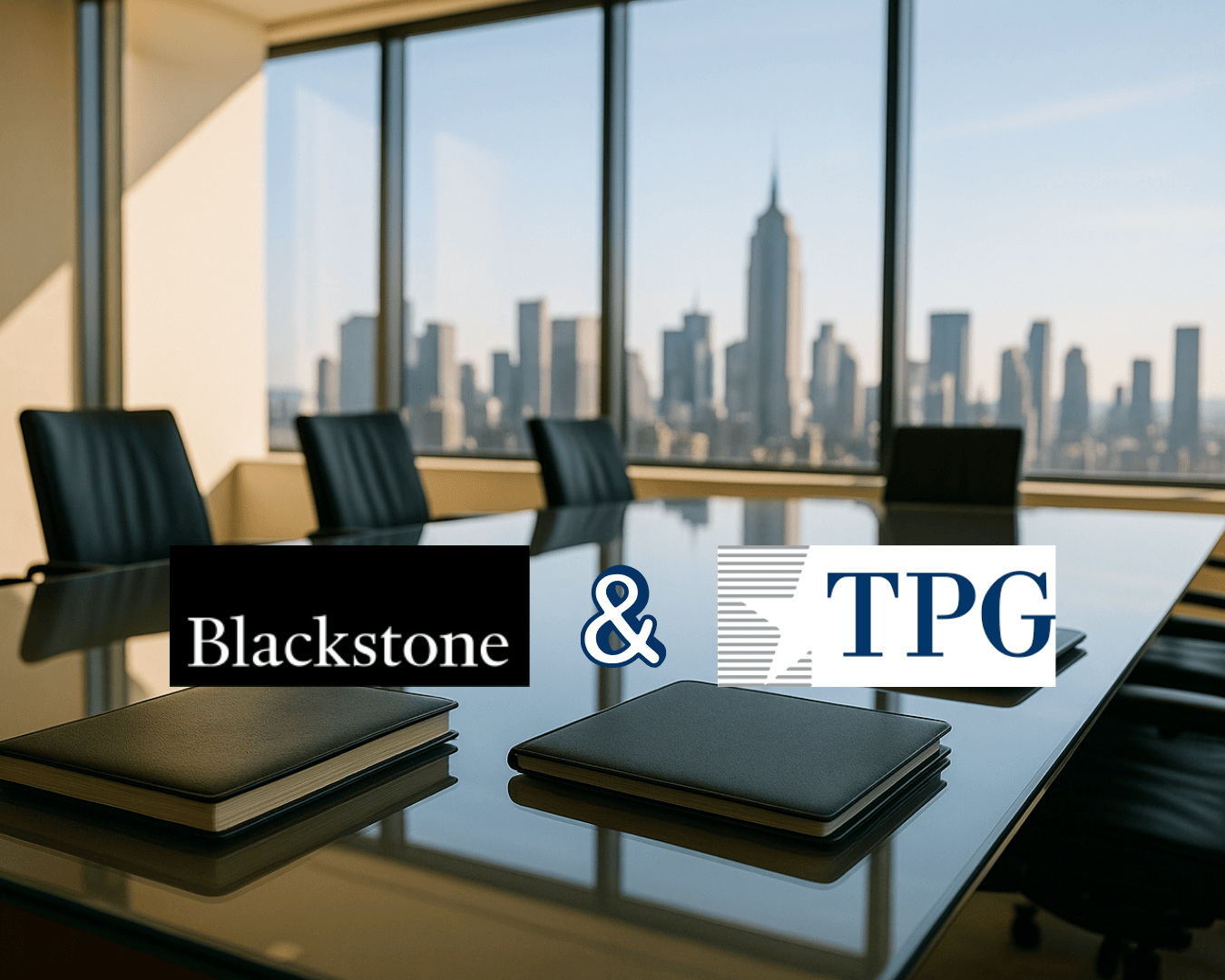



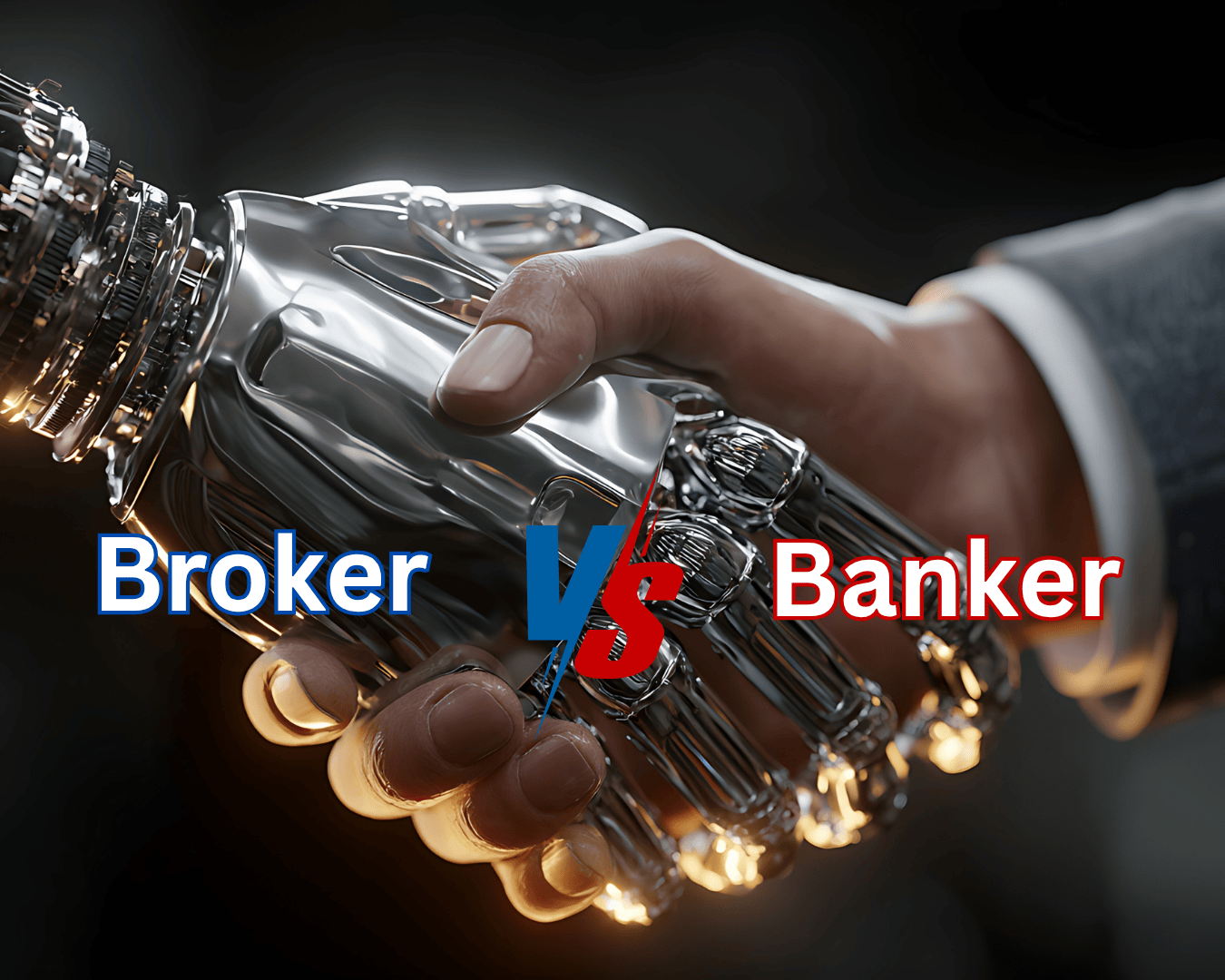

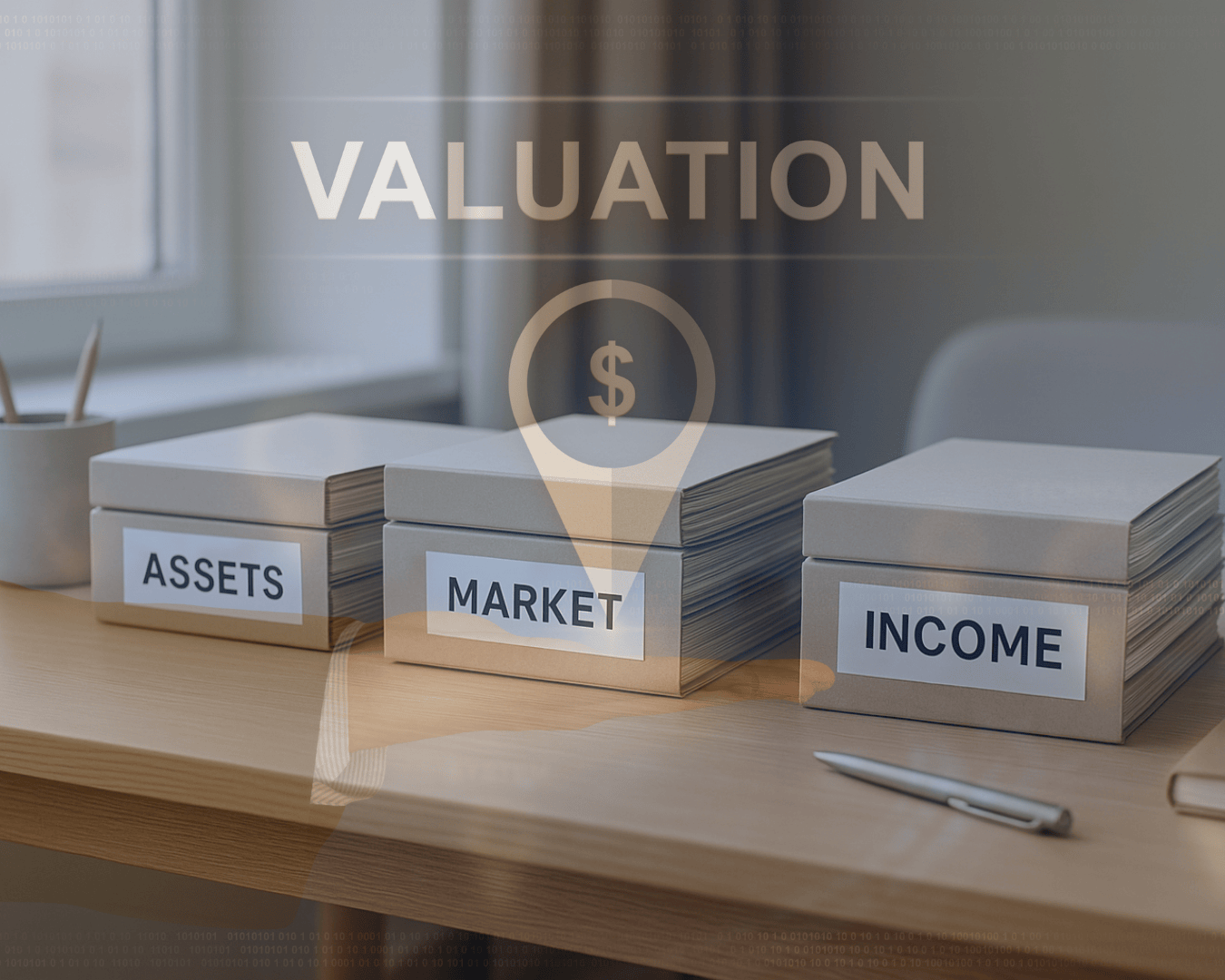
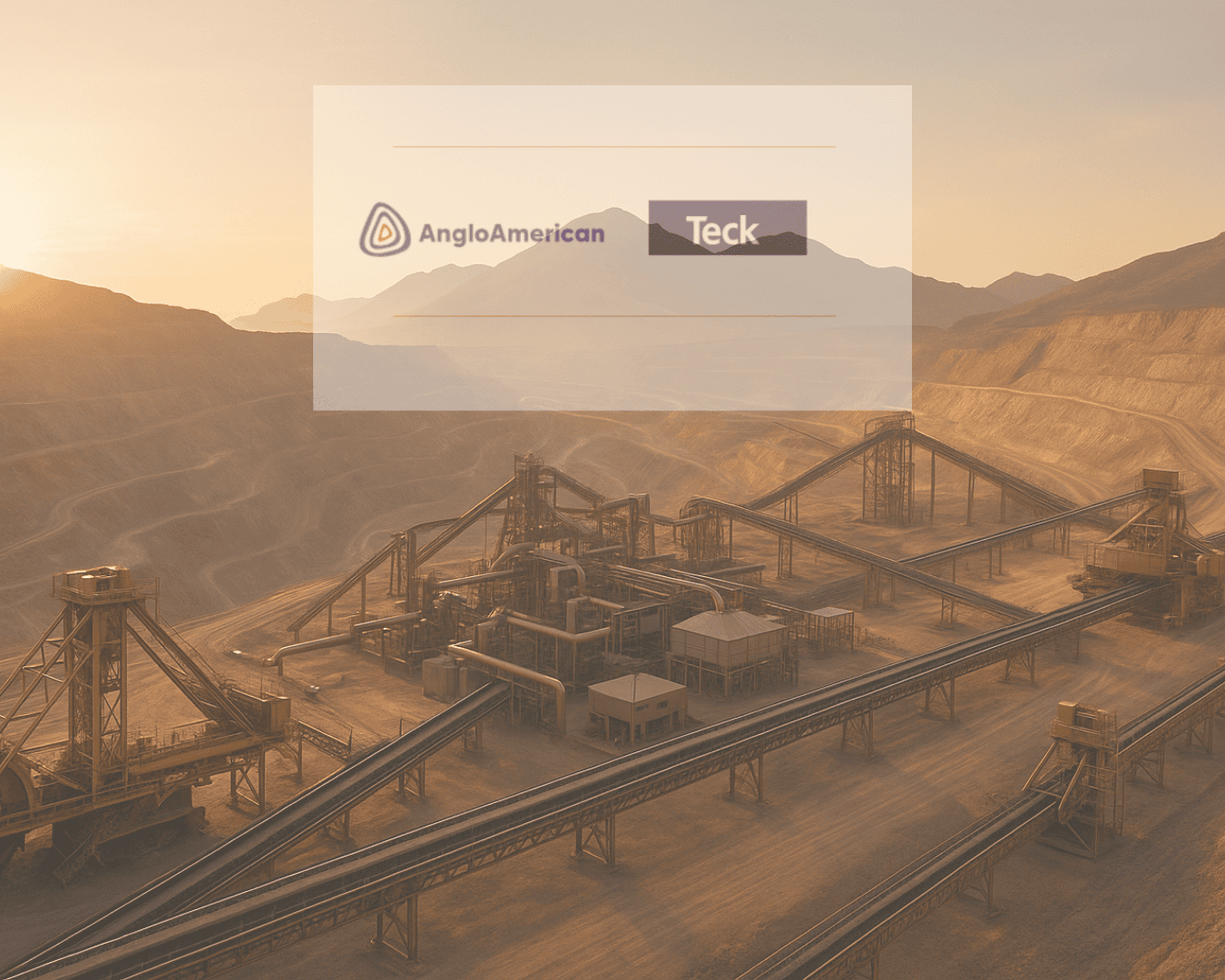

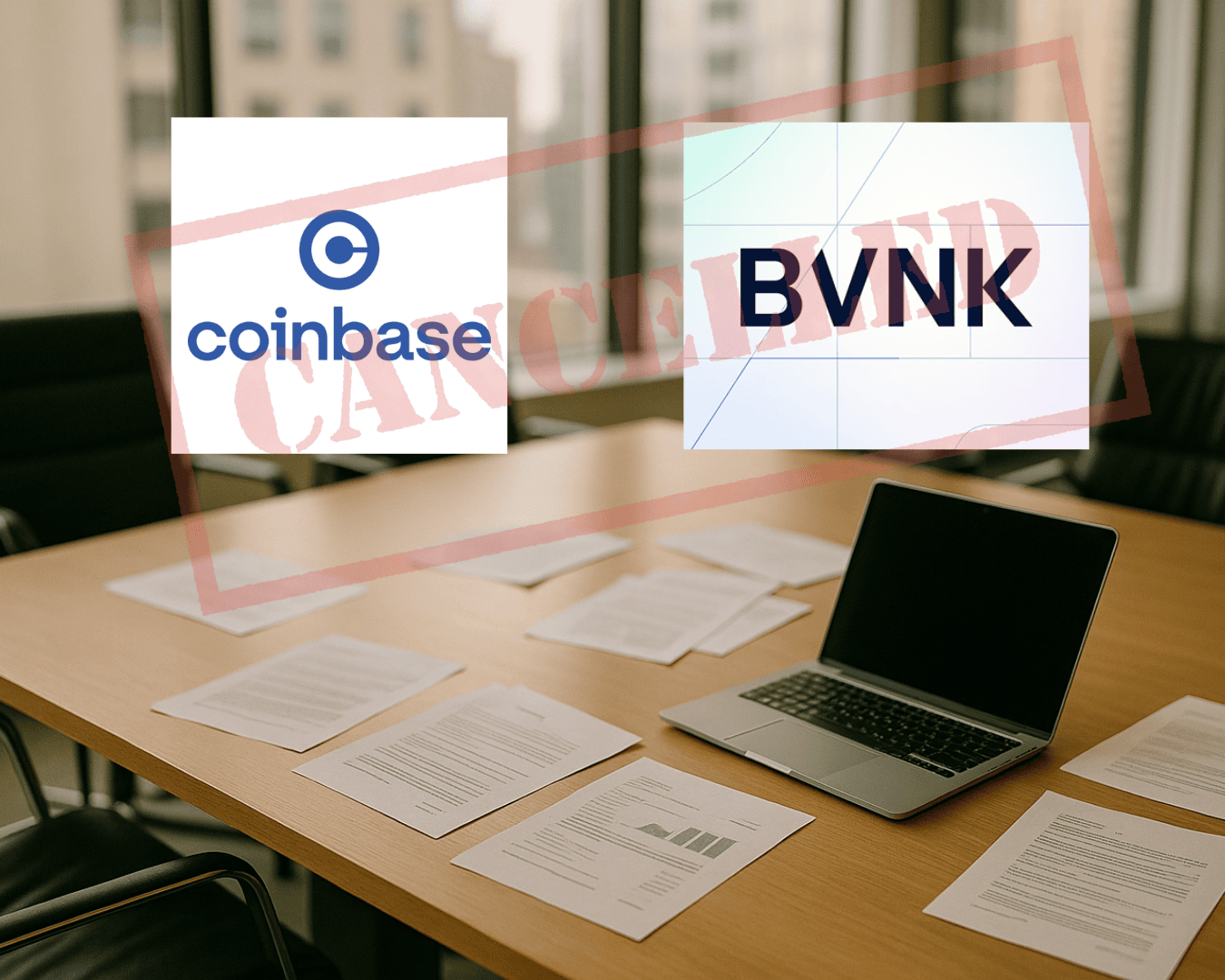


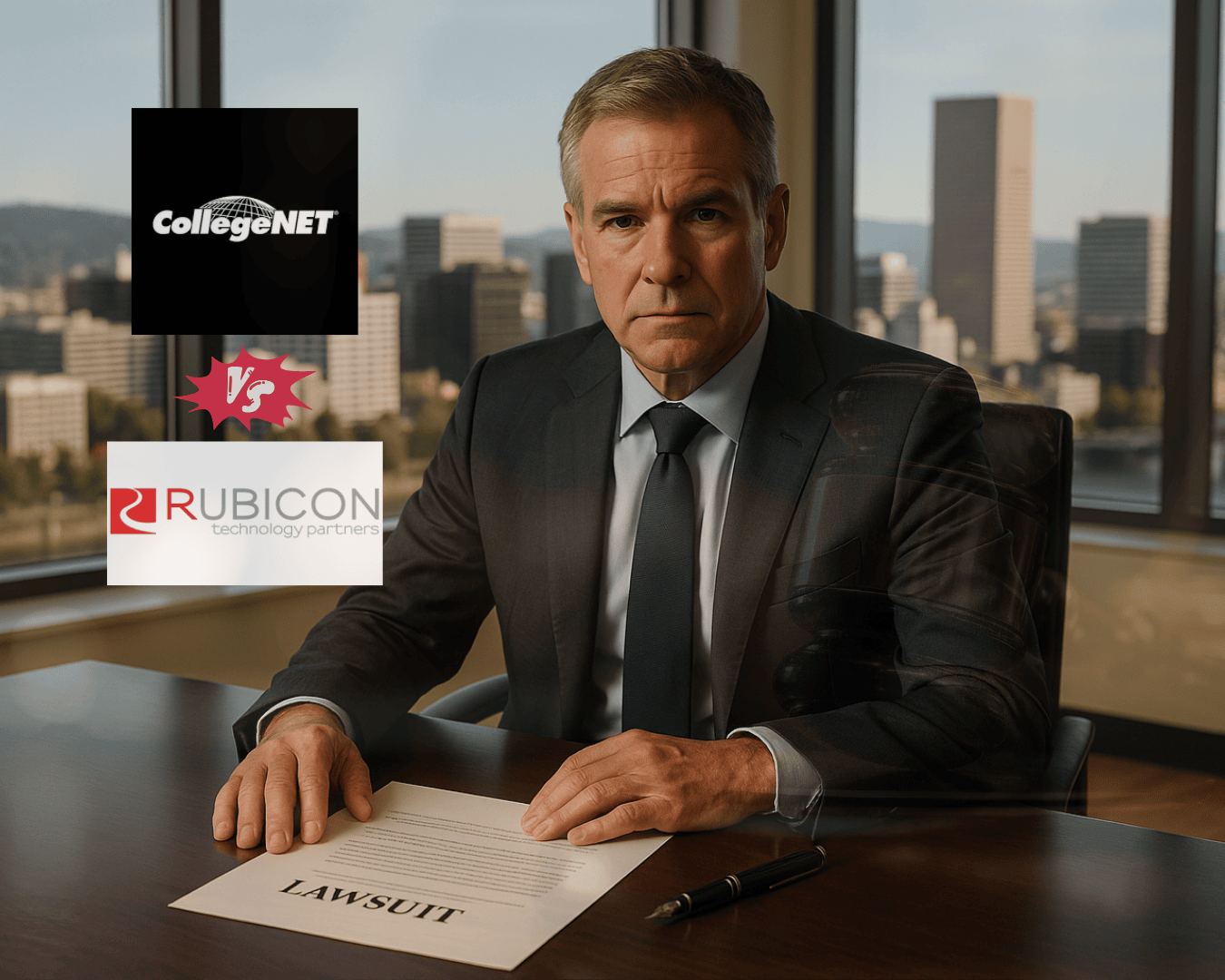






.png)

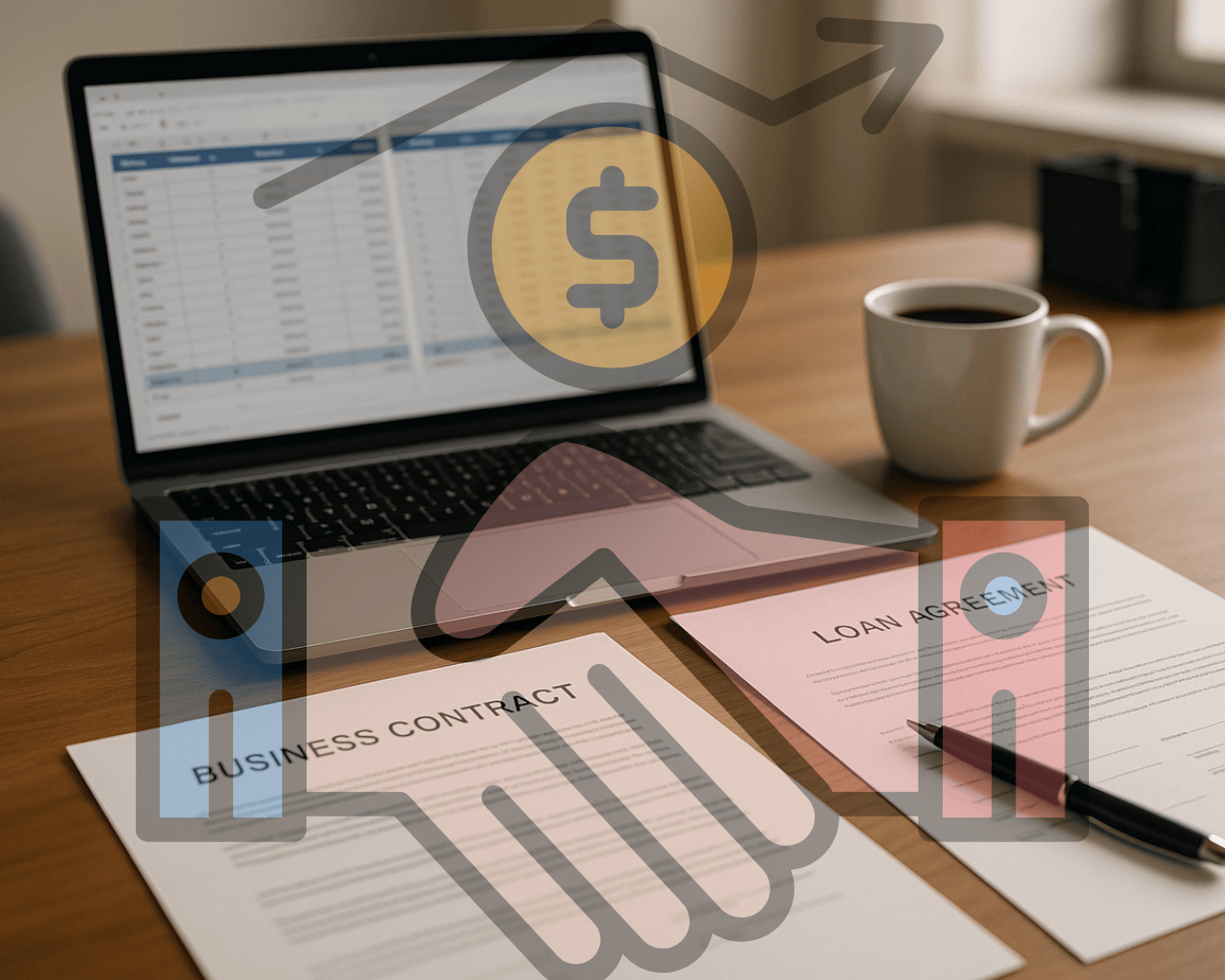


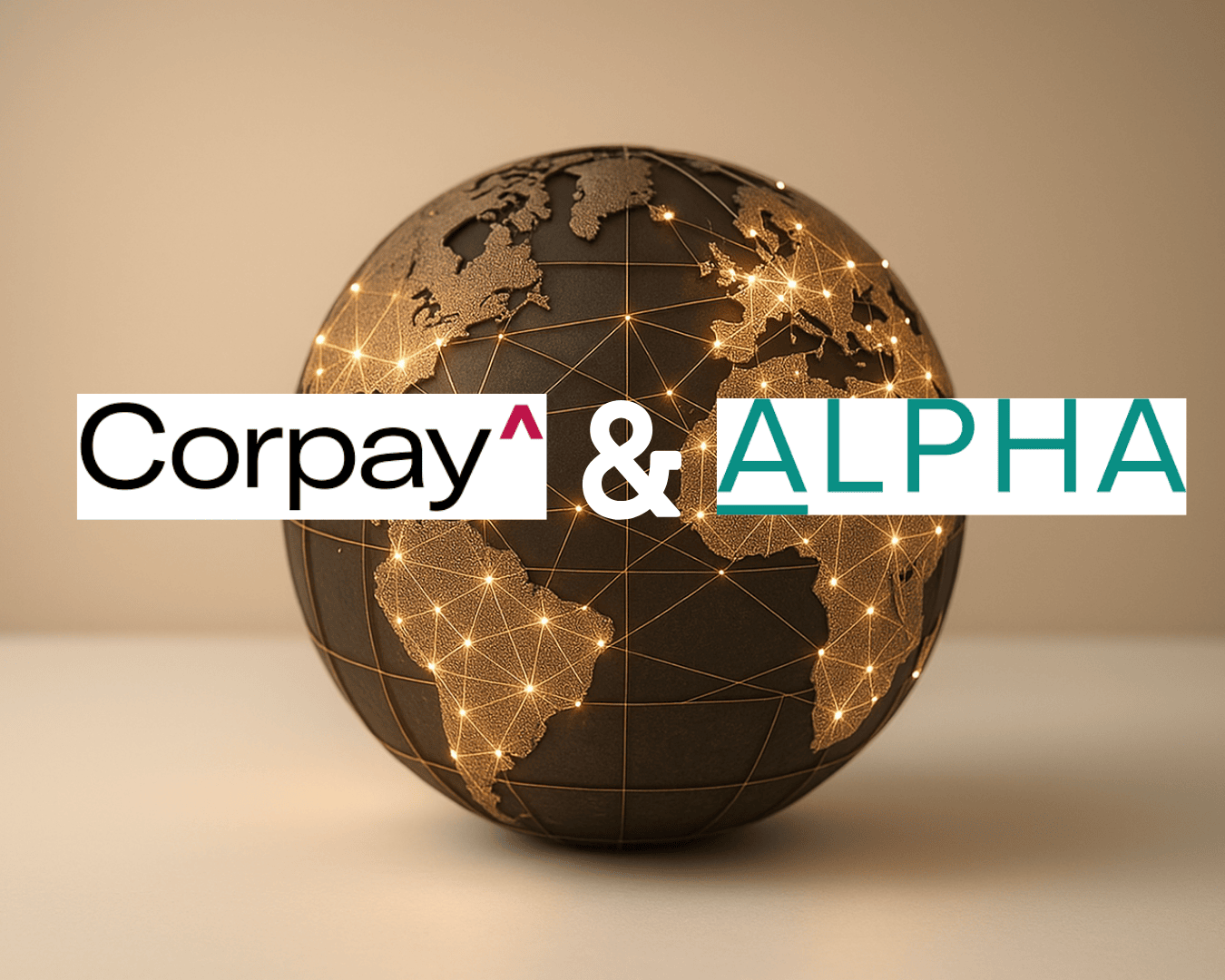

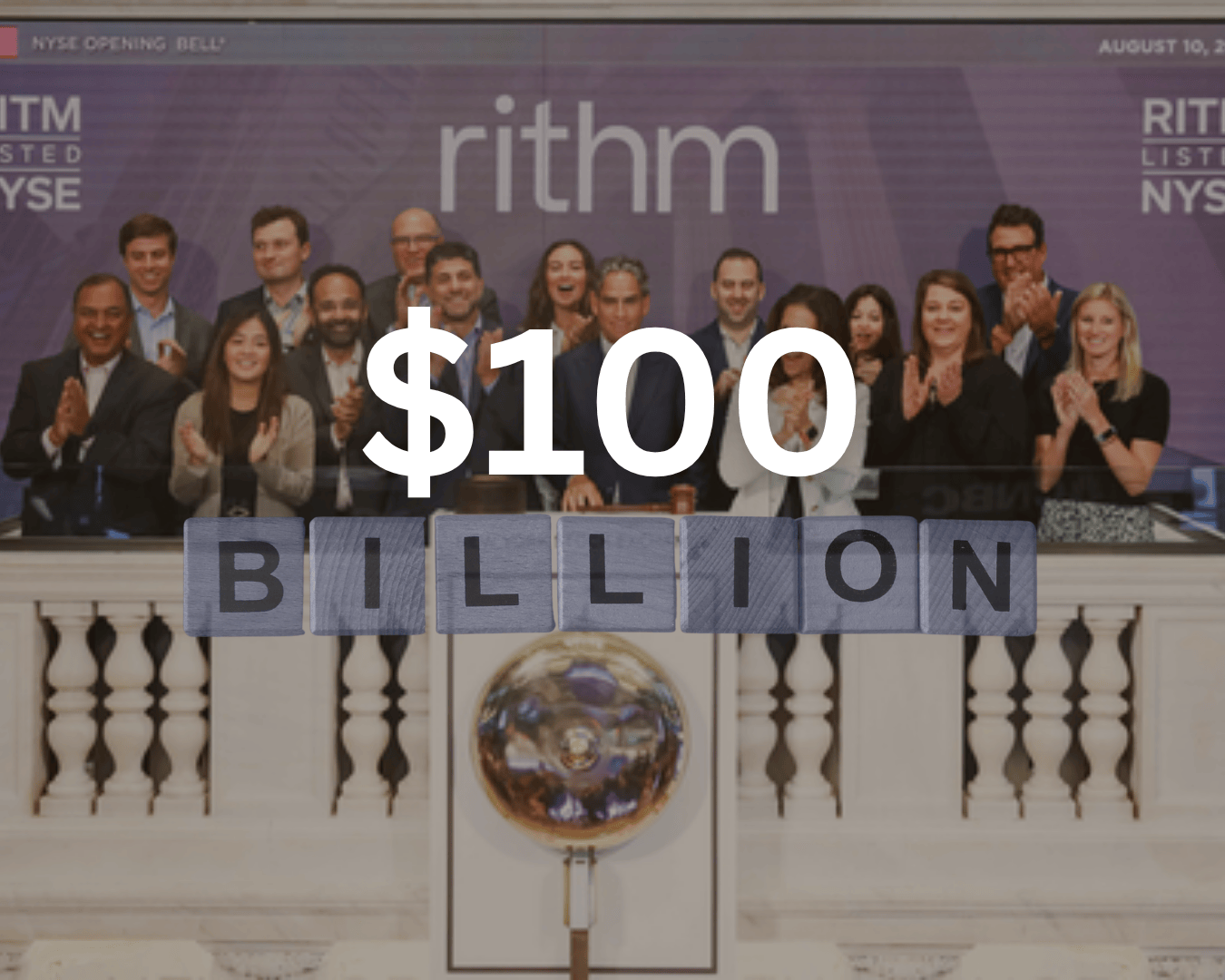



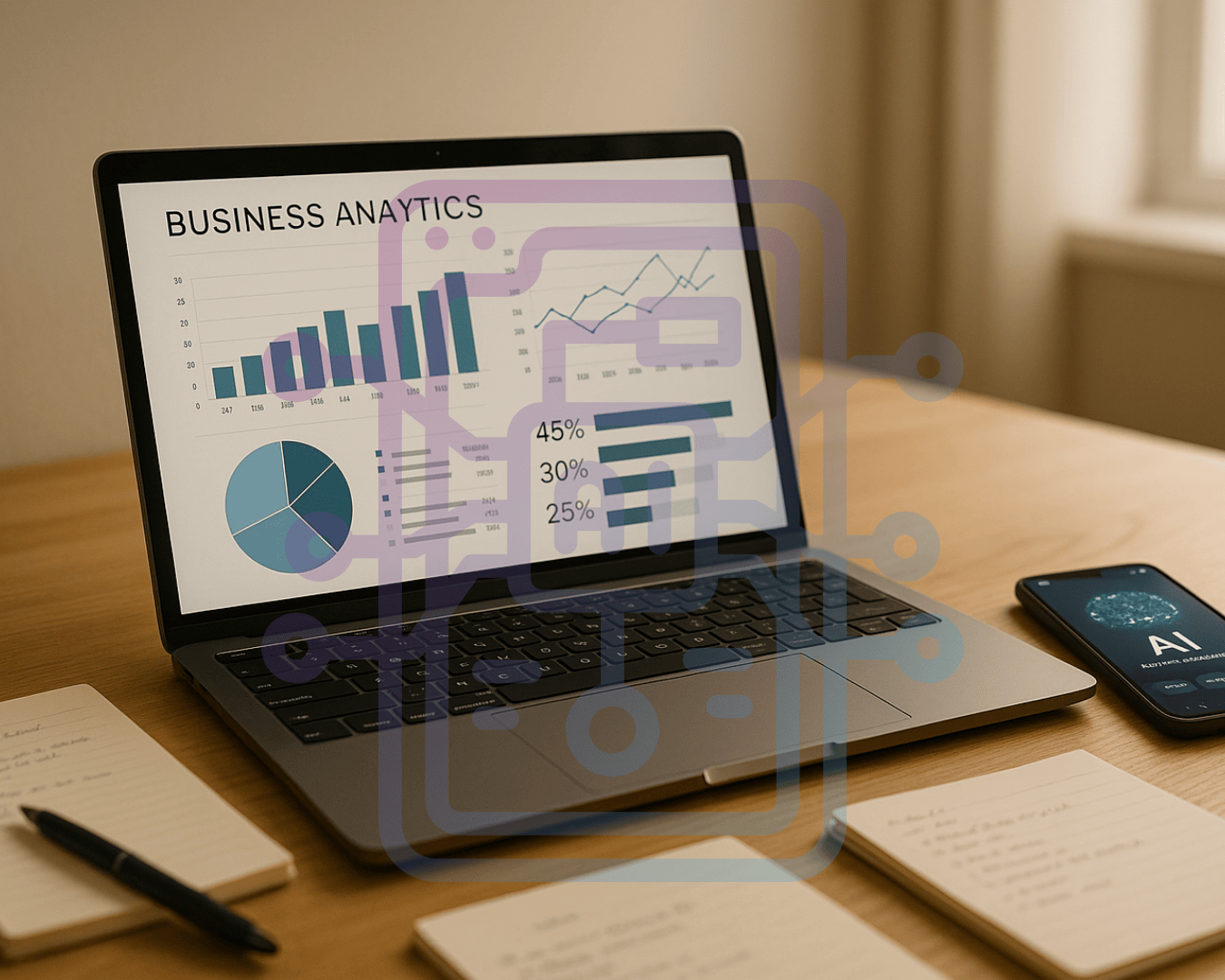






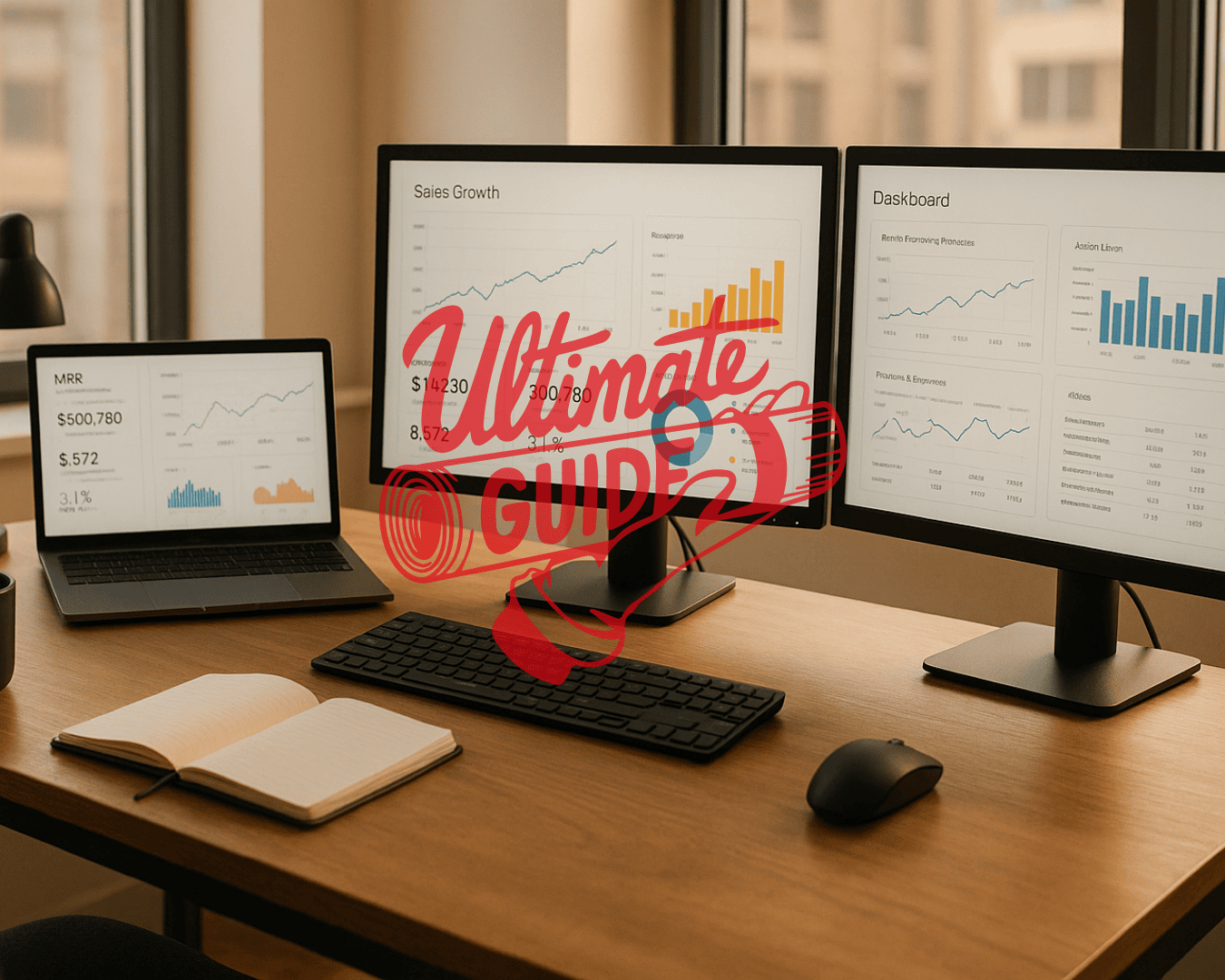




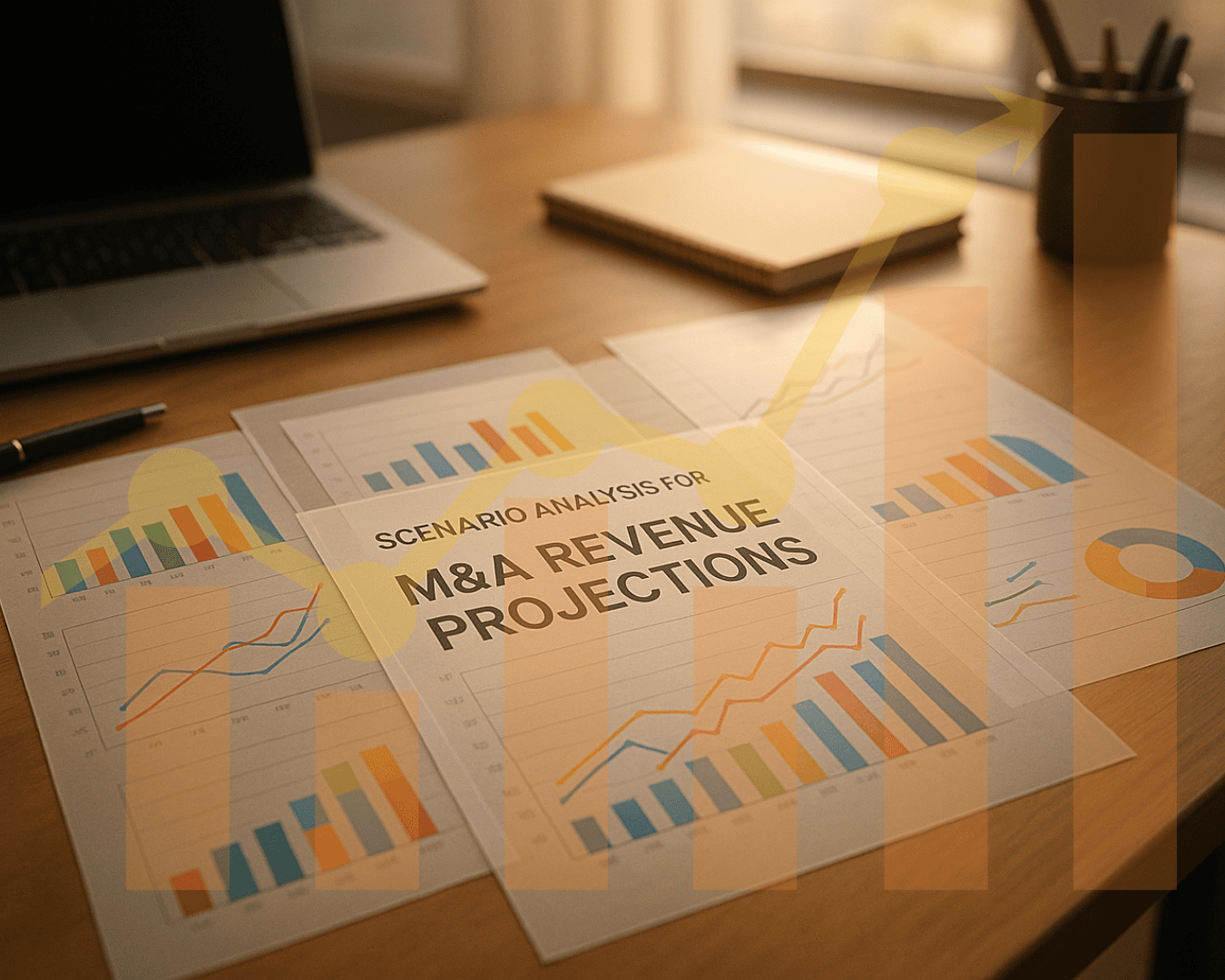
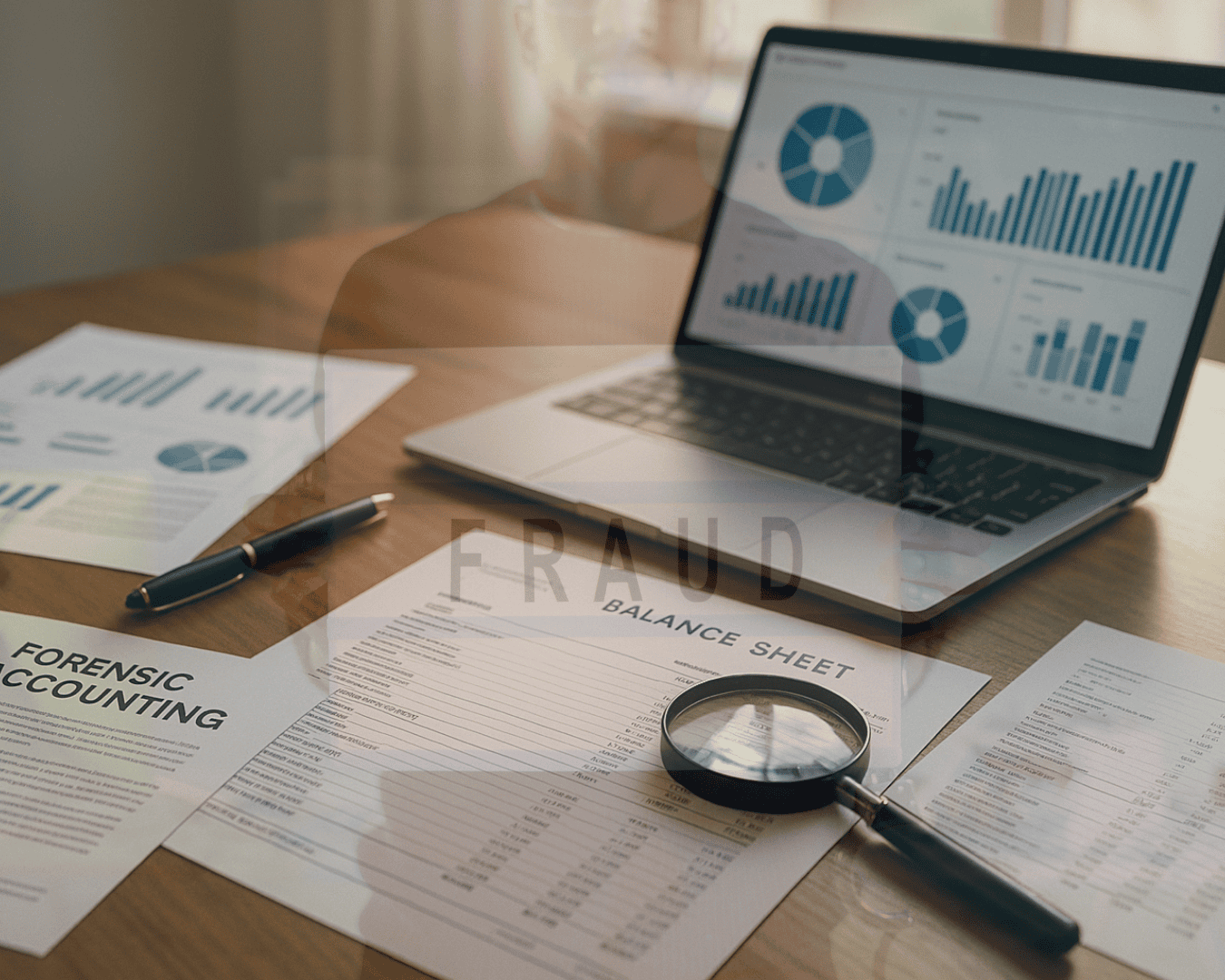
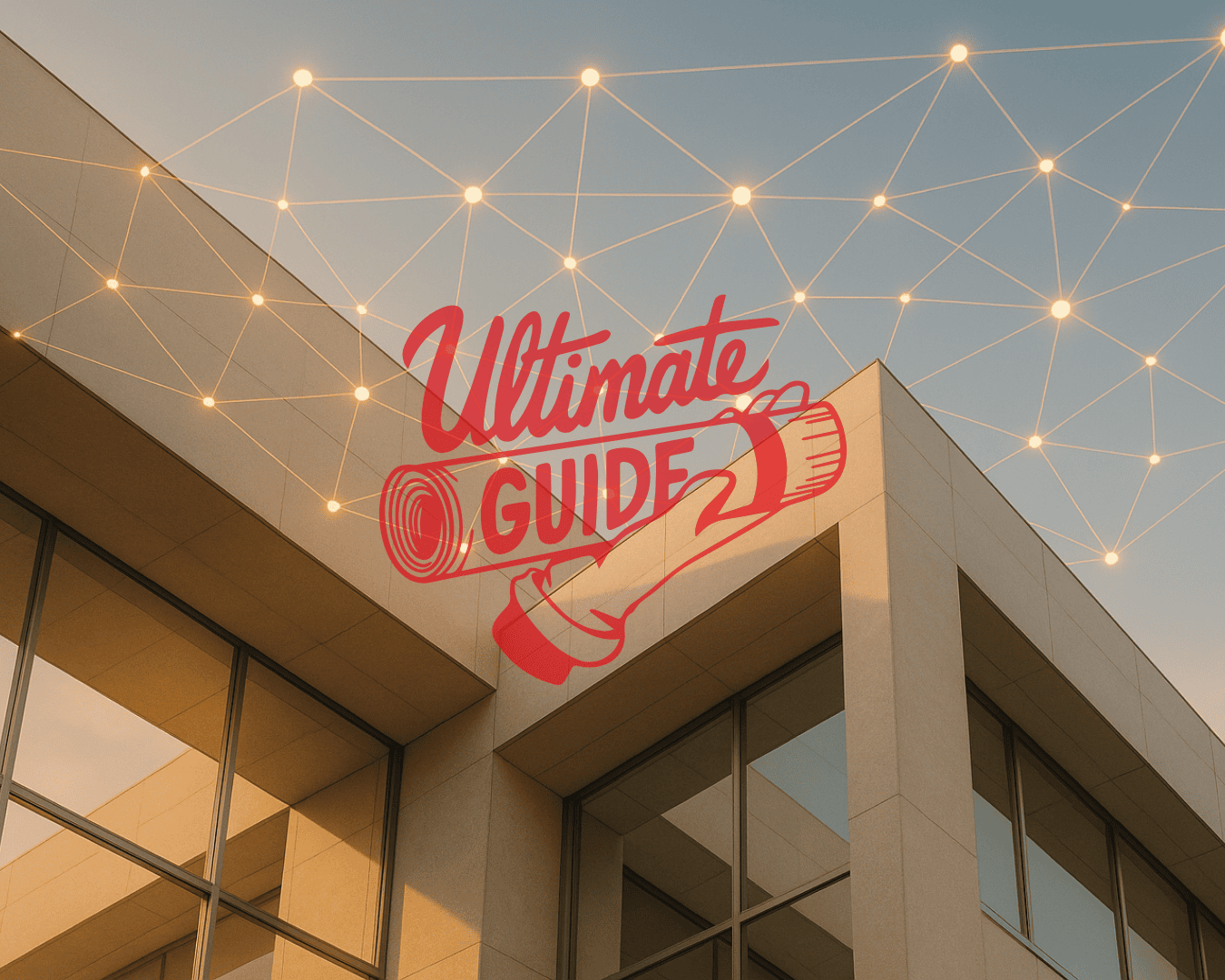



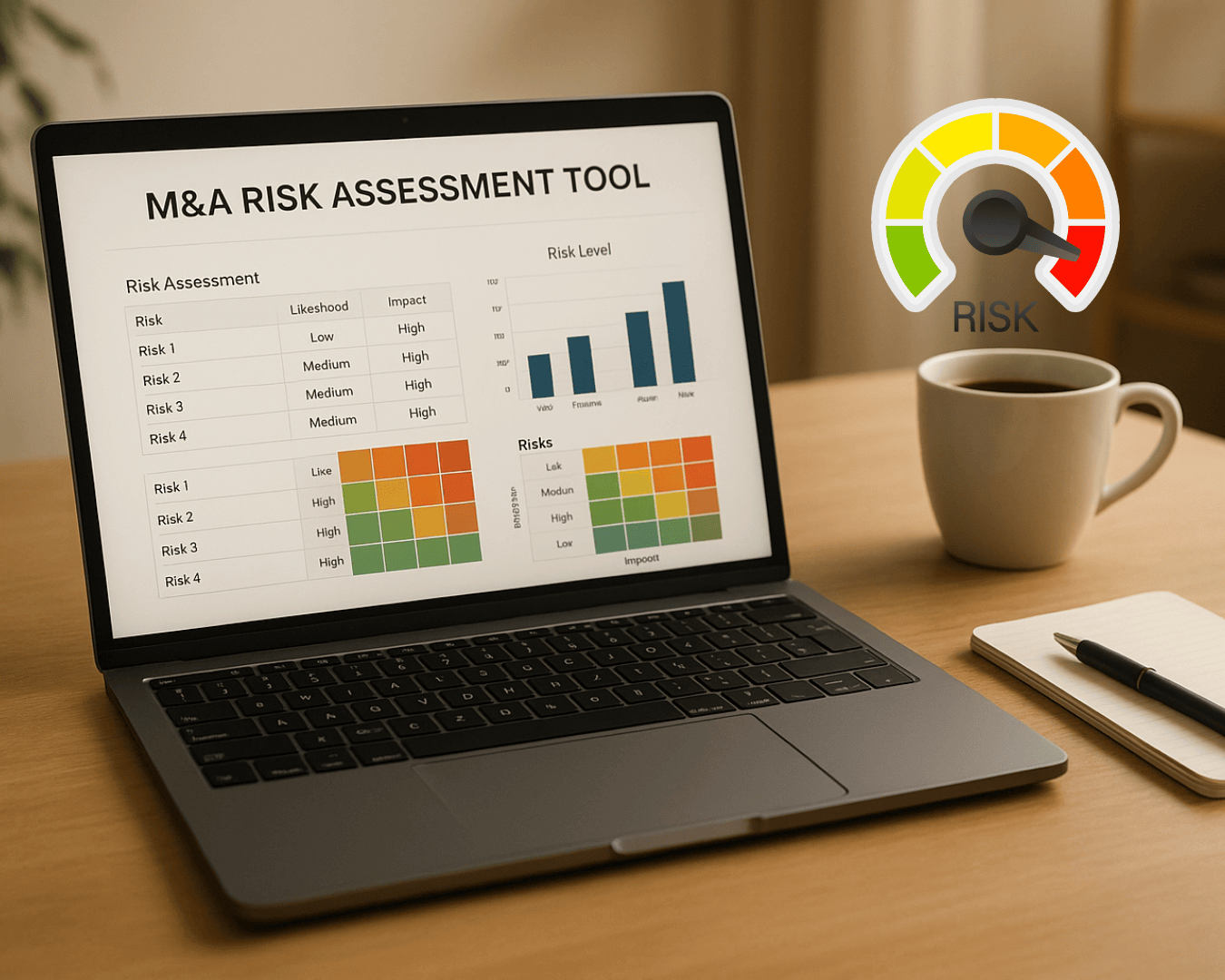
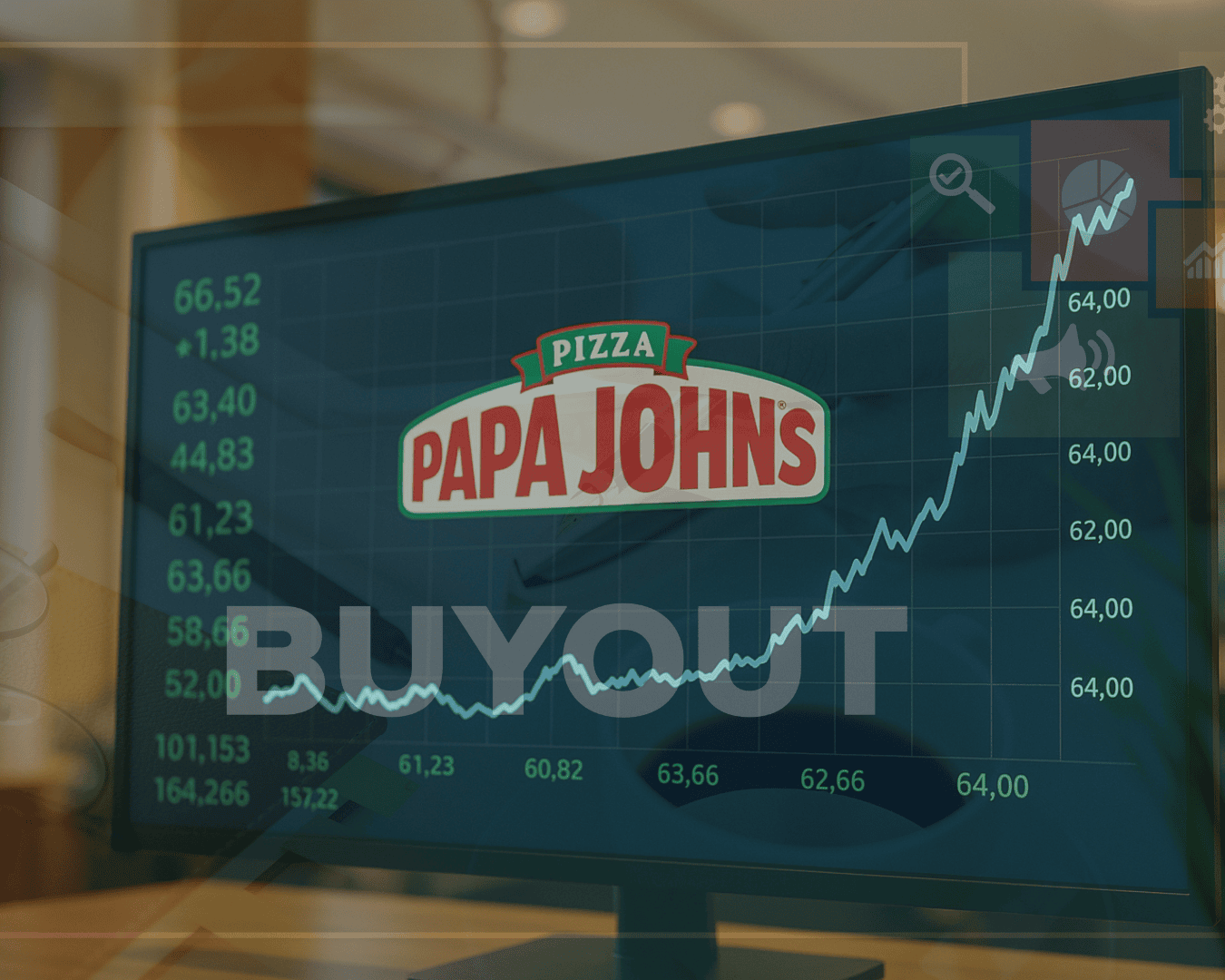
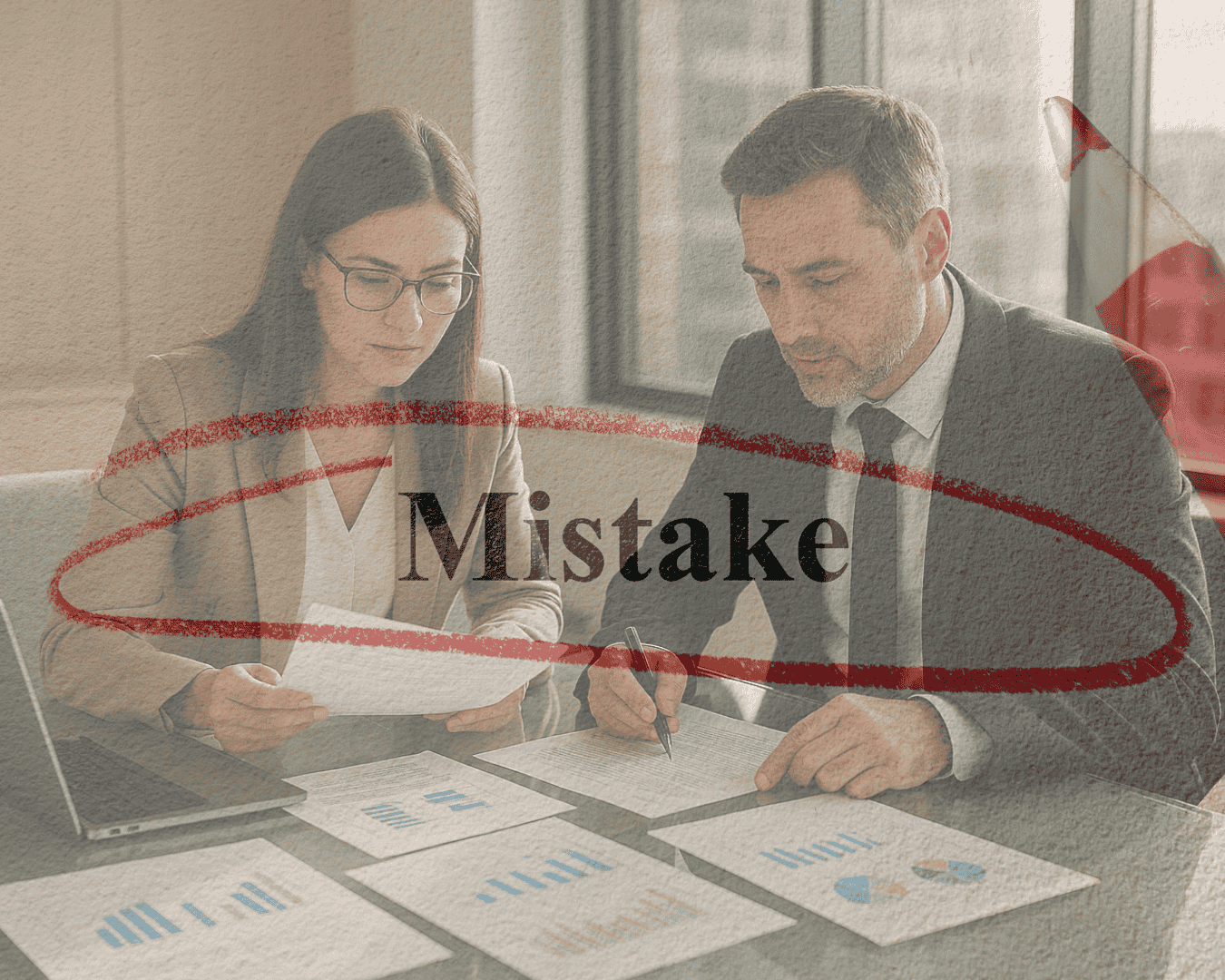









%20Loan%20Application%20Checklist.png)
